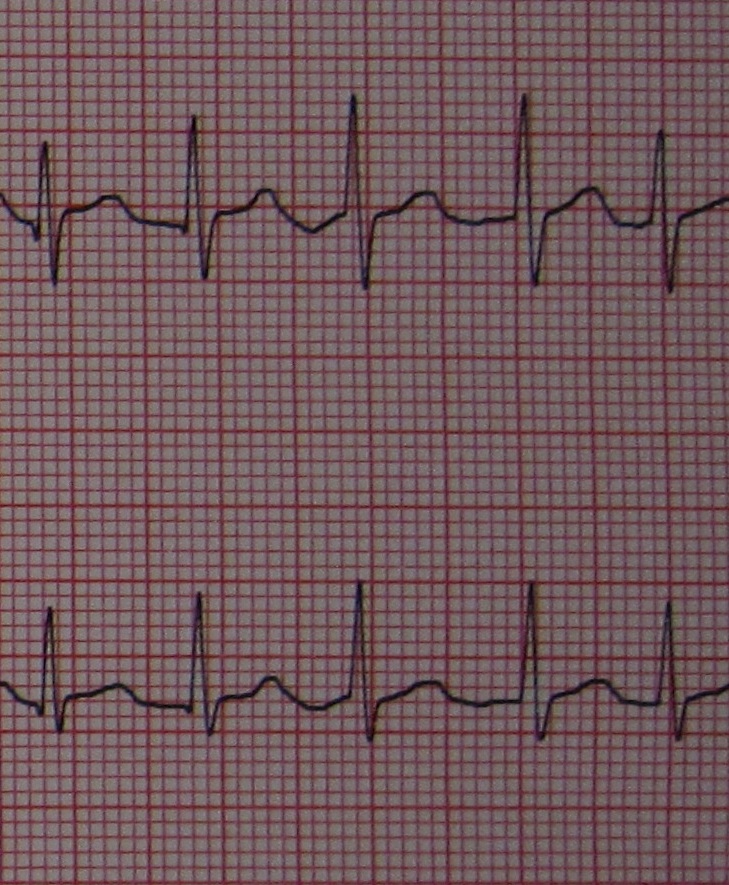Sandbox:ZMalik: Difference between revisions
Jump to navigation
Jump to search
Zehra Malik (talk | contribs) No edit summary |
Zehra Malik (talk | contribs) No edit summary |
||
| Line 1: | Line 1: | ||
Since the risk of radiation-induced malignancy attributable to CT is not totally zero and in light of dramatic increase in number of CT scans, dose reductions strategies are one of important consideration. | Since the risk of radiation-induced malignancy attributable to CT is not totally zero and in light of dramatic increase in number of CT scans, dose reductions strategies are one of important consideration.<ref name="CernicaHodas2017">{{cite journal|last1=Cernica|first1=Daniel|last2=Hodas|first2=Roxana|last3=Himcinschi|first3=Elisabeta|last4=Beganu|first4=Elena|last5=Benedek|first5=Theodora|title=Actual Dose-Reduction Strategies in Cardiac Computed Tomography|journal=Journal of Interdisciplinary Medicine|volume=2|issue=3|year=2017|pages=224–227|issn=2501-8132|doi=10.1515/jim-2017-0062}}</ref> | ||
[[Image:RapidAFib150 (cropped).jpg|thumb|100px]] | [[Image:RapidAFib150 (cropped).jpg|thumb|100px]] | ||
<references /> | <references /> | ||
Revision as of 17:04, 13 May 2020
Since the risk of radiation-induced malignancy attributable to CT is not totally zero and in light of dramatic increase in number of CT scans, dose reductions strategies are one of important consideration.[1]

- ↑ Cernica, Daniel; Hodas, Roxana; Himcinschi, Elisabeta; Beganu, Elena; Benedek, Theodora (2017). "Actual Dose-Reduction Strategies in Cardiac Computed Tomography". Journal of Interdisciplinary Medicine. 2 (3): 224–227. doi:10.1515/jim-2017-0062. ISSN 2501-8132.